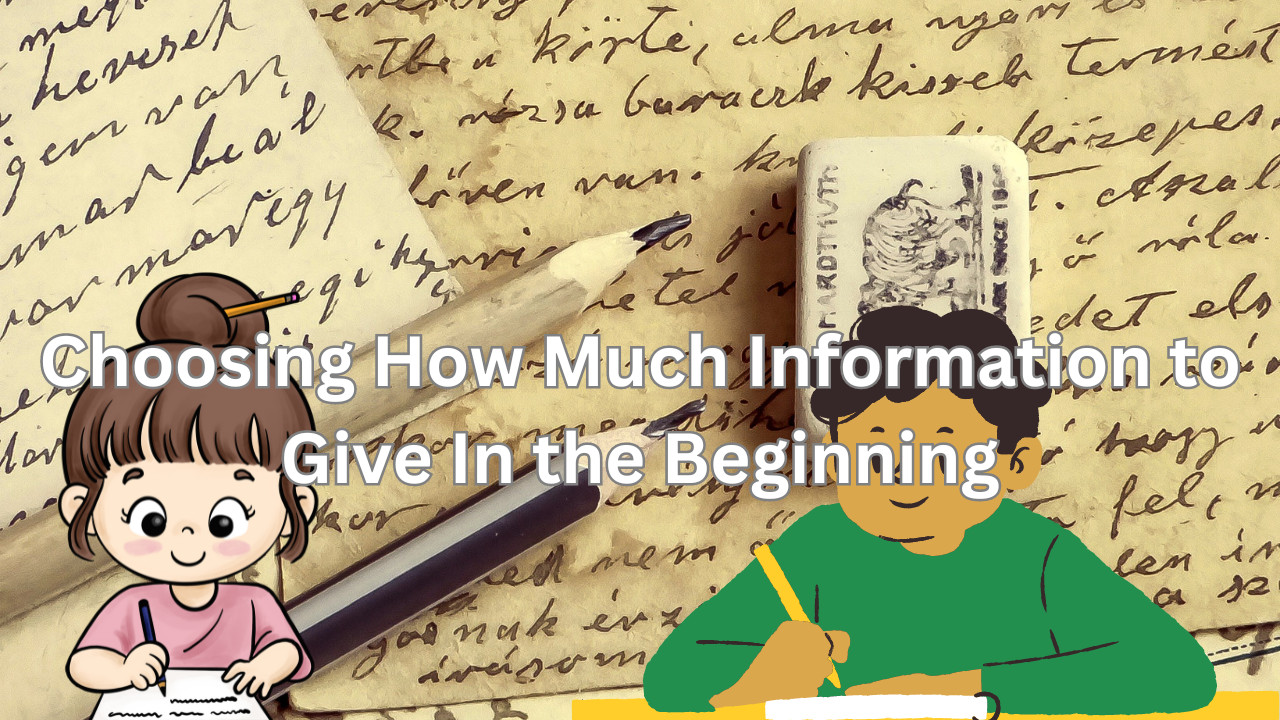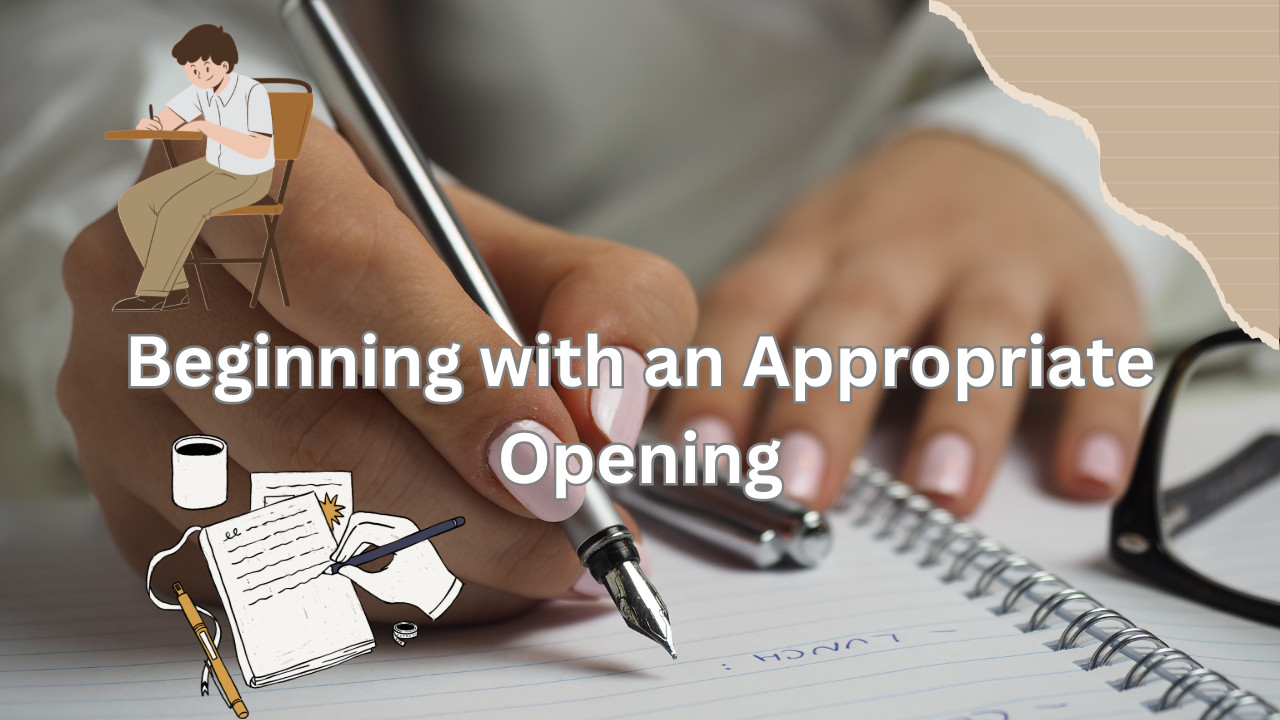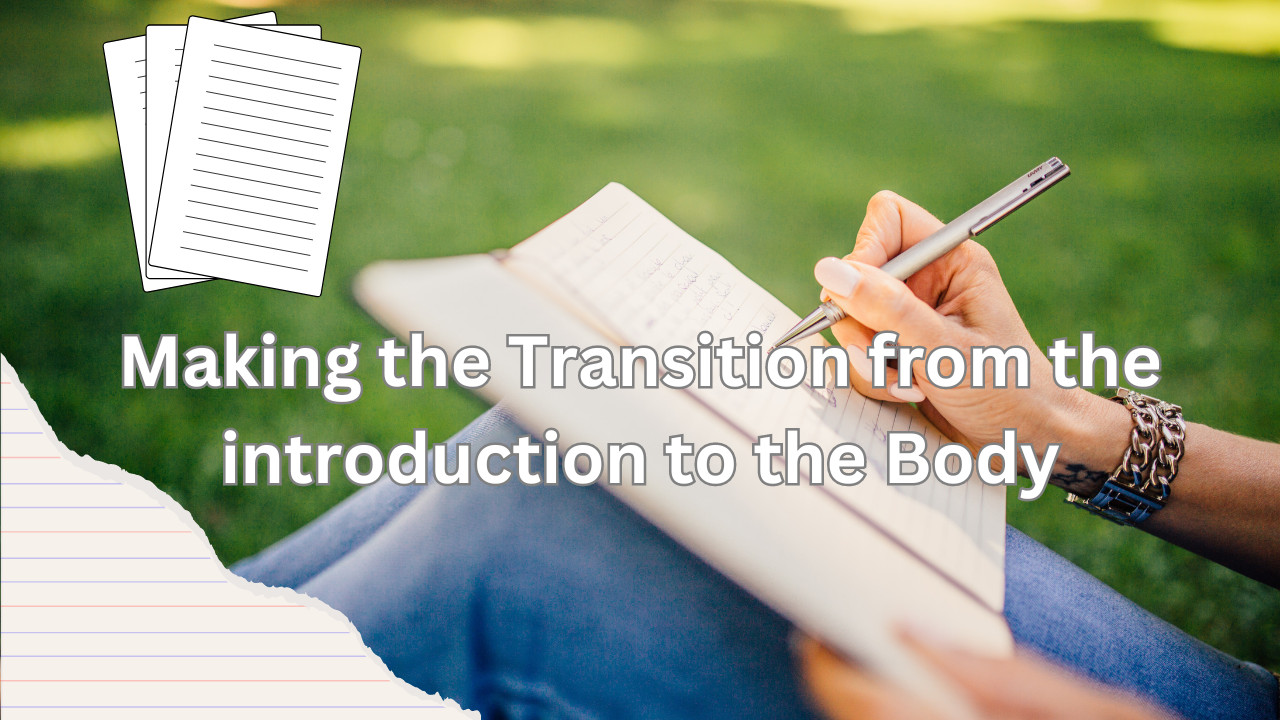Imagine your introduction is like the handshake at the beginning of a conversation. A firm, confident handshake makes a good impression, right? The same goes for your writing! A strong intro grabs the reader's attention and makes them want to hear what you have to say.
Think about news articles - they start with exciting details to hook you in, or you might just skip to the next one. You want your reader to stick around, not turn the page! Even if you're writing for a teacher, friend, or coworker, a catchy intro makes your writing clearer and more interesting.
Don't forget, a good intro isn't just there to look pretty. It tells the reader what you're writing about, your main point, and a hint of the details that back it up. This way, they understand your message from the start. Take some time to craft an awesome introduction, or you might end up leaving your reader confused or bored.
Choosing How Much Information to Give In the Beginning

Imagine your introduction is like a movie trailer. It gives you a taste of what the movie's about - the main characters, the plot twist, and why you should watch it. But it doesn't spoil the whole story!
An intro for your writing should be similar. It should grab the reader's attention and give them a clear idea of what you'll be talking about, without bogging them down with too many details. Think of it as a quick summary that makes them want to read more.
Here's the key: Keep it short and sweet, around 3-5 sentences. Tell them the topic, your main point, and a hint of the evidence you'll use. Don't worry about fancy words or showing off - just be clear and interesting. Remember, you want them to be excited to dive into your writing, not bored and ready to turn the page!
Think like a reader when you write an introduction. When you read, you want to know what to expect before spending valuable minutes poring over an article, letter, or essay – and so do your readers. Take direct approach and keep the following guidelines in mind when writing an introduction:
Be considerate of your readers and realize that their time is valuable.
Formulate a clear, strongly worded thesis sentence and reveal your viewpoint in the first or last sentence of the introduction.
Write for a well-informed reader – a particular audience – unless told to do otherwise.
Avoid attempting to include all facets of a topic, but provide a good overview.
Do not bombard readers with vague statements and generalizations if you really have nothing of substance to write about a topic.
Either choose a topic about which you can write with authority – and exhibit that authority in the introduction – or do the research necessary to acquire the necessary understanding and expertise.
List specific details and support ideas that will appear in the body text and review them mentally as you write the introduction.
Skip the temptation to dazzle your readers in the introduction with fancy prose and trick phrases, especially when what follows lacks substance and interest.
Save the specific details for development in the body of the writing, but do reveal enough in the introduction to inform the reader fully about the writing’s purpose.
Make certain that the introduction promises only what the writing will deliver.
Beginning with an Appropriate Opening

Imagine you're starting a presentation. You want to grab everyone's attention and give them a clear idea of what you'll be talking about. That's exactly what an introduction for your writing should do too!
There are a few different ways to start an intro, kind of like choosing a presentation opener. You could tell a quick story (anecdote) that relates to your main point. Or, you could jump right in with some interesting facts (factual approach). Finally, you could spark curiosity with a thought-provoking question (question approach).
No matter which way you choose, keep it short and clear. Make sure it leads smoothly into your main idea, which is usually summed up in a thesis statement. Don't worry about fancy words or confusing details - just get your audience hooked and ready to learn more!
Making the Transition from the introduction to the Body

Imagine your introduction is like a roadmap for your essay. It tells your reader where you're going (main idea) and gives them a sneak peek of the interesting stops along the way (subtopics). The last sentence of your intro, called the thesis statement, is like the key to the map. It sums up everything in a clear sentence.
Each body paragraph then zooms in on one specific stop from the roadmap. The first sentence of each paragraph, the topic sentence, tells you exactly what that stop is about. This way, your reader can follow your argument smoothly, without getting lost.
Here's the key: Make sure your thesis statement is clear and covers everything you'll talk about. Then, write topic sentences for each body paragraph that connect back to the main idea in your thesis statement, but focus on a specific detail.
For writing a strong introduction:
decide how much information to reveal in the introduction before you write.
select the opening approach (anecdotal, factual, question) that best allows you to develop the content.
Make the thesis sentence function as a transition from the introduction to the body paragraph.